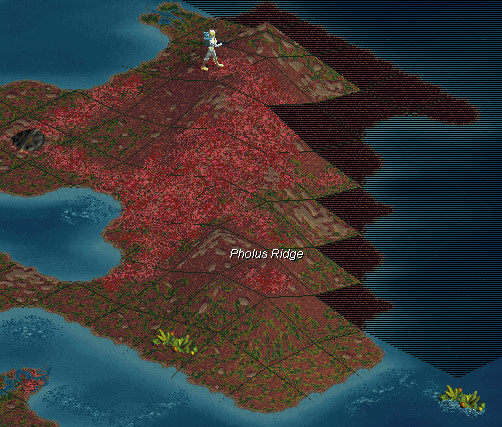
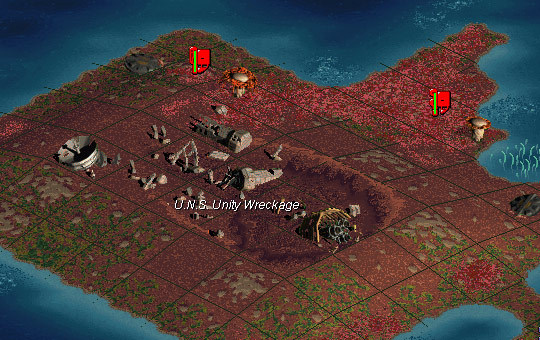
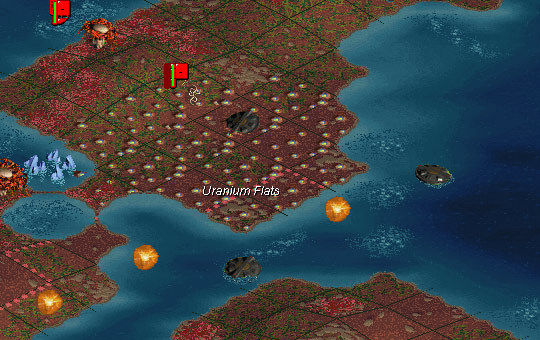
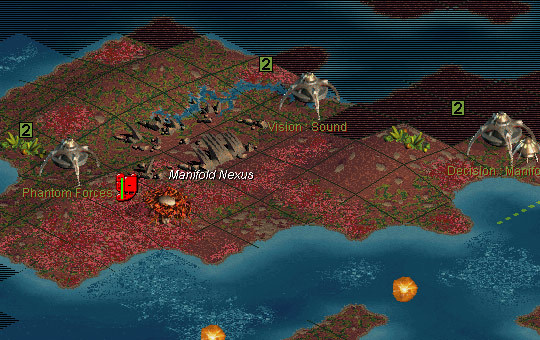
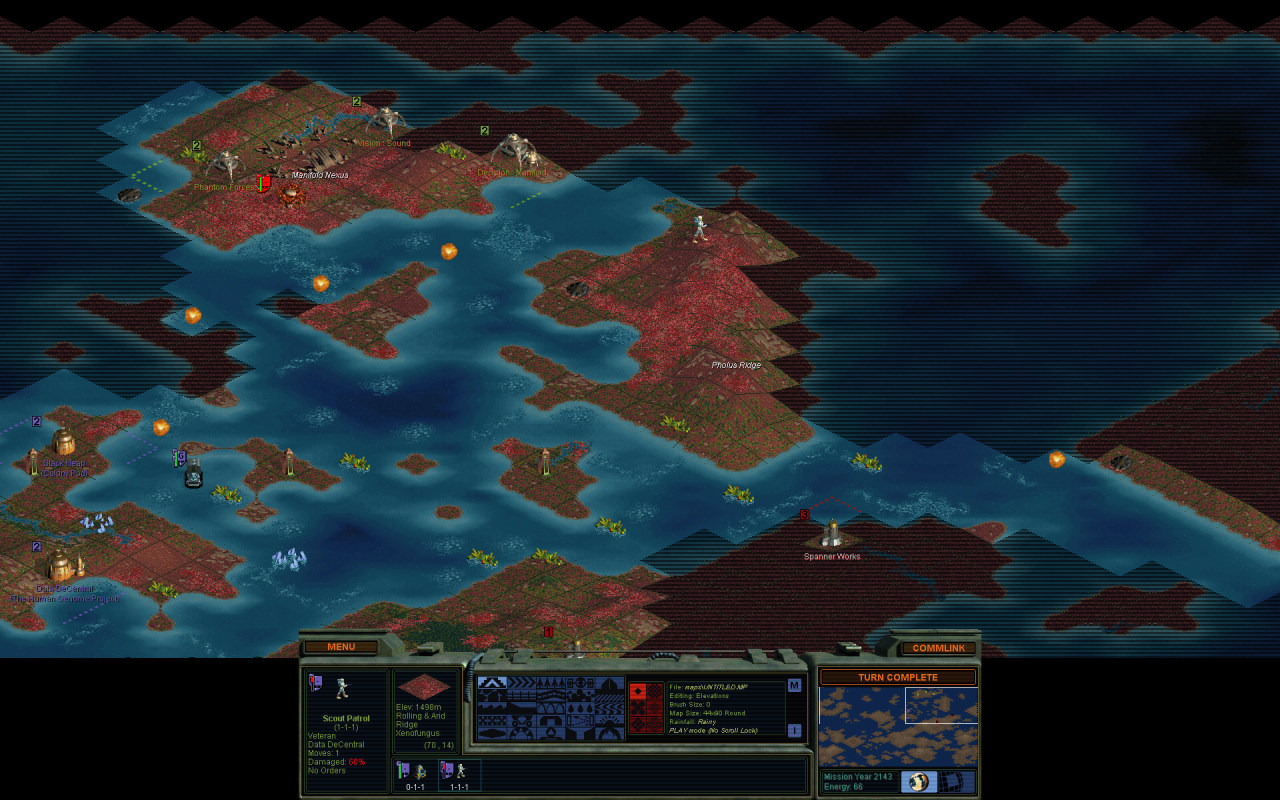
Sid Meier’s Alpha Centauri
There are a number of features that make the maps in SMAC more interesting than those in the earlier Civilization games. It uses height to make hills and mountains, for example, instead of them being tile-features. The special resources are distributed in more interesting patterns; the newly-introduced borders make the size of the map work better; and the native lifeforms are better integrated that the barbarians were (or are, for that matter).
But the map generator has two really interesting features that still set it apart from other Civ-style games.
The first isn’t a feature of the generator, per se, but greatly affects the meaning of the maps: the player can terraform the planet. And not just in little ways, like raising or lowering a couple of tiles, though you can do that too. A couple of the council resolutions can raise or lower the sea level across the entire planet. (Global warming from too many boreholes can also melt the ice caps to the same effect.) The malleability of the terrain makes it fairly unique among strategy games.
It can be a viable strategy to flood the map and drown your opponents cities, or to drain the ocean and march your armies across on dry ground.
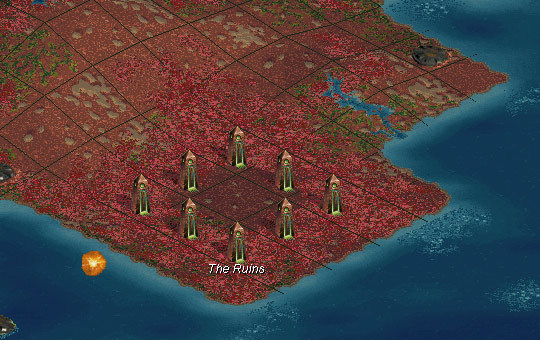
The second is vital part of the generator: the landmarks.
When a map is generated, it scatters a number of prefabbed features on the planet. A few are mostly decorative, but most have an effect of some kind.
They owe a bit, I think, to the discoveries in Seven Cities of Gold (like the Grand Canyon) and the wonders in Civilization–the manual refers to them as “giant natural wonders of Planet”–possibly via Colonization, though at the moment I can’t remember if that game had any exploration bonuses for natural wonders.
The landmarks in Alpha Centauri are unique even when compared to the later Civ games that included similar features. They occupy multiple map tiles, sometimes forming significant strategic features on the map in addition to their resource bonuses.
Moreover, they help give the random maps structure. In contrast to the accidental chokepoints of earlier Civ maps, they have deliberate strategic importance.
The map generator as a whole is “spikier” than earlier random Civ maps. The landmarks make things a bit less fair but more interesting. There were a lot of high-value city-sites in Civ II because the even pattern ensured that they would be frequent and predictable, but there’s only one Manifold Nexus.
Which is not to say that it’s an absolutely dominant strategy: There’s enough landmarks overall that everyone should be able to claim one, if they work on it. But there’s plenty of other things going on, so you may have other priorities.
In the end, it is a good demonstration of how maps (and procedural generation in general) are much more interesting when they have outliers to act as landmarks and memorable setpieces.

